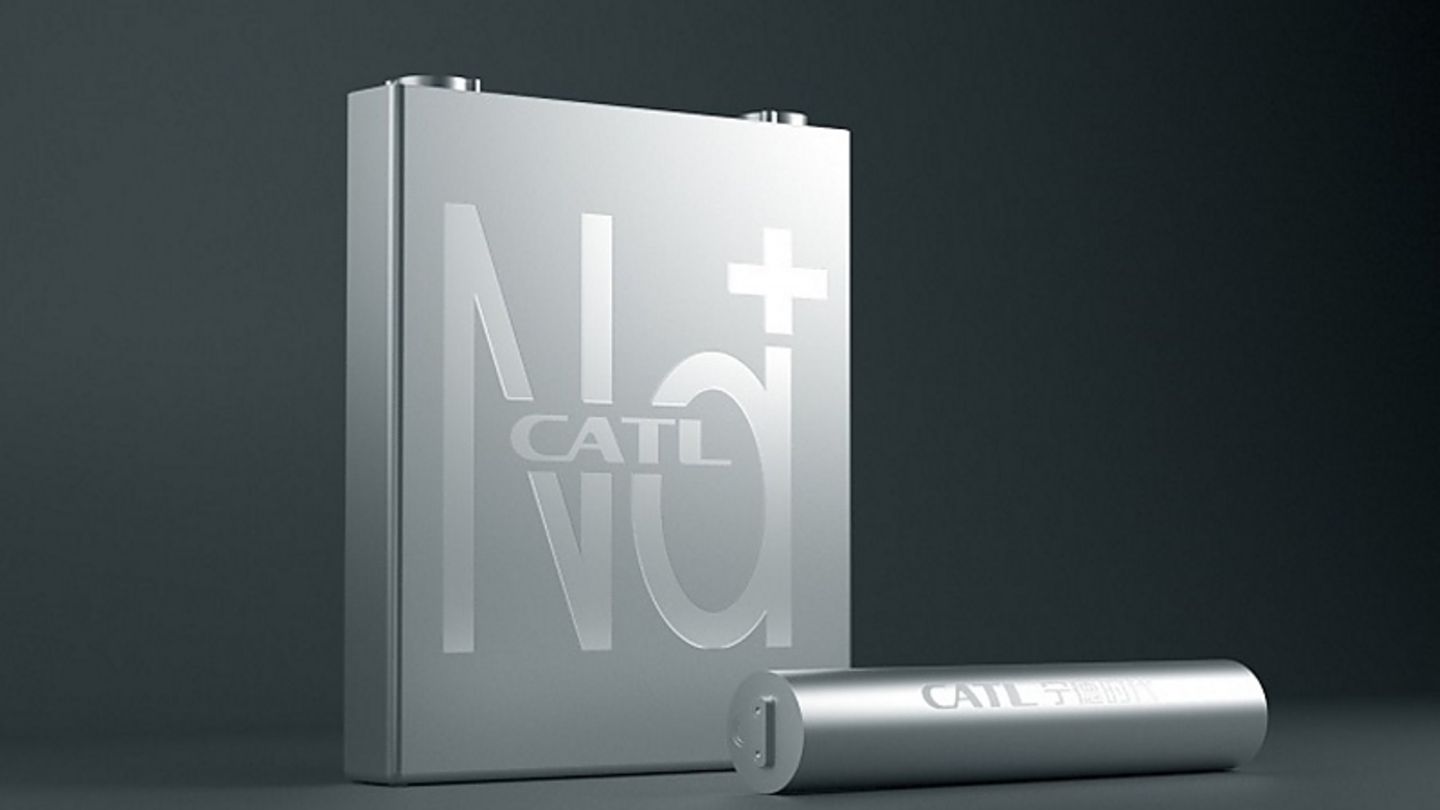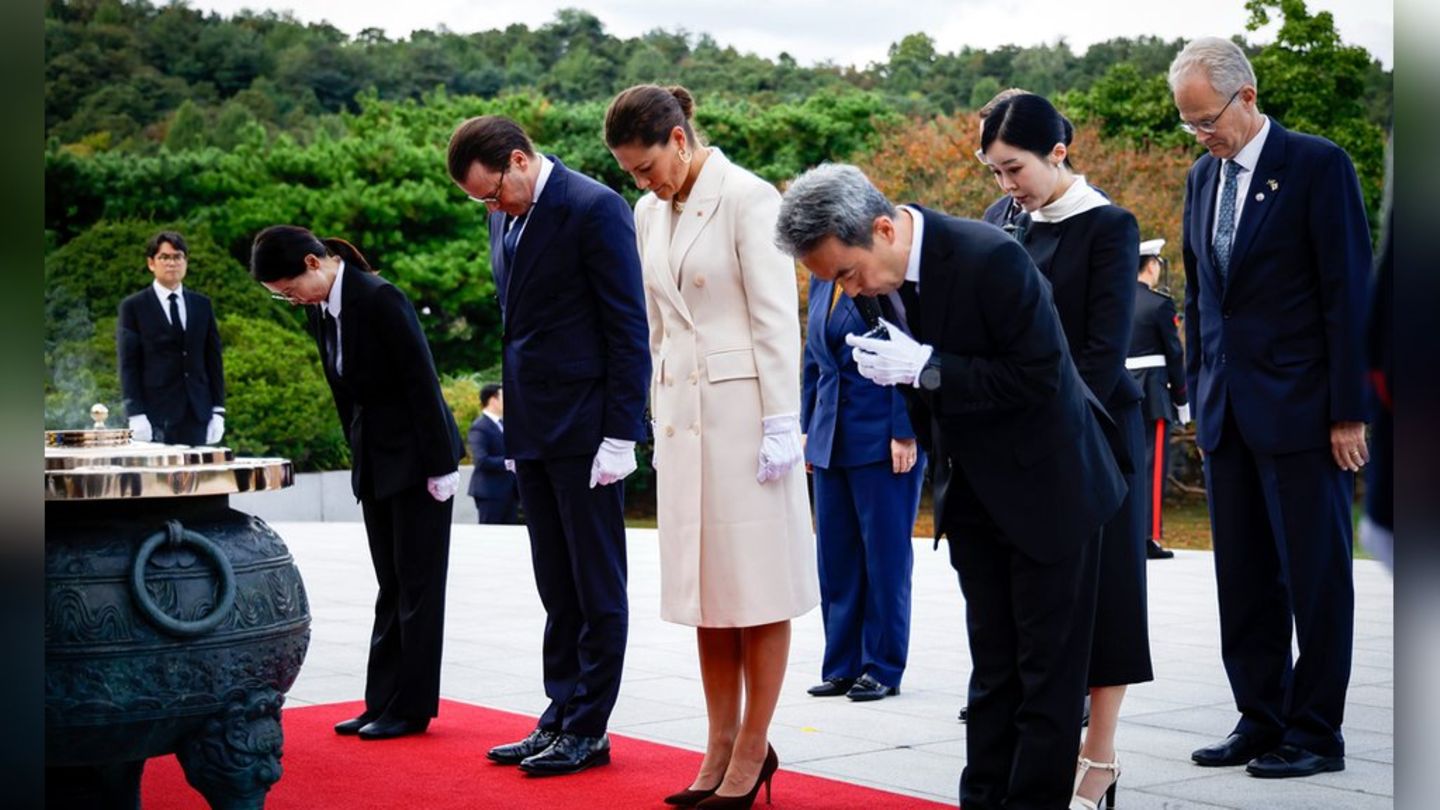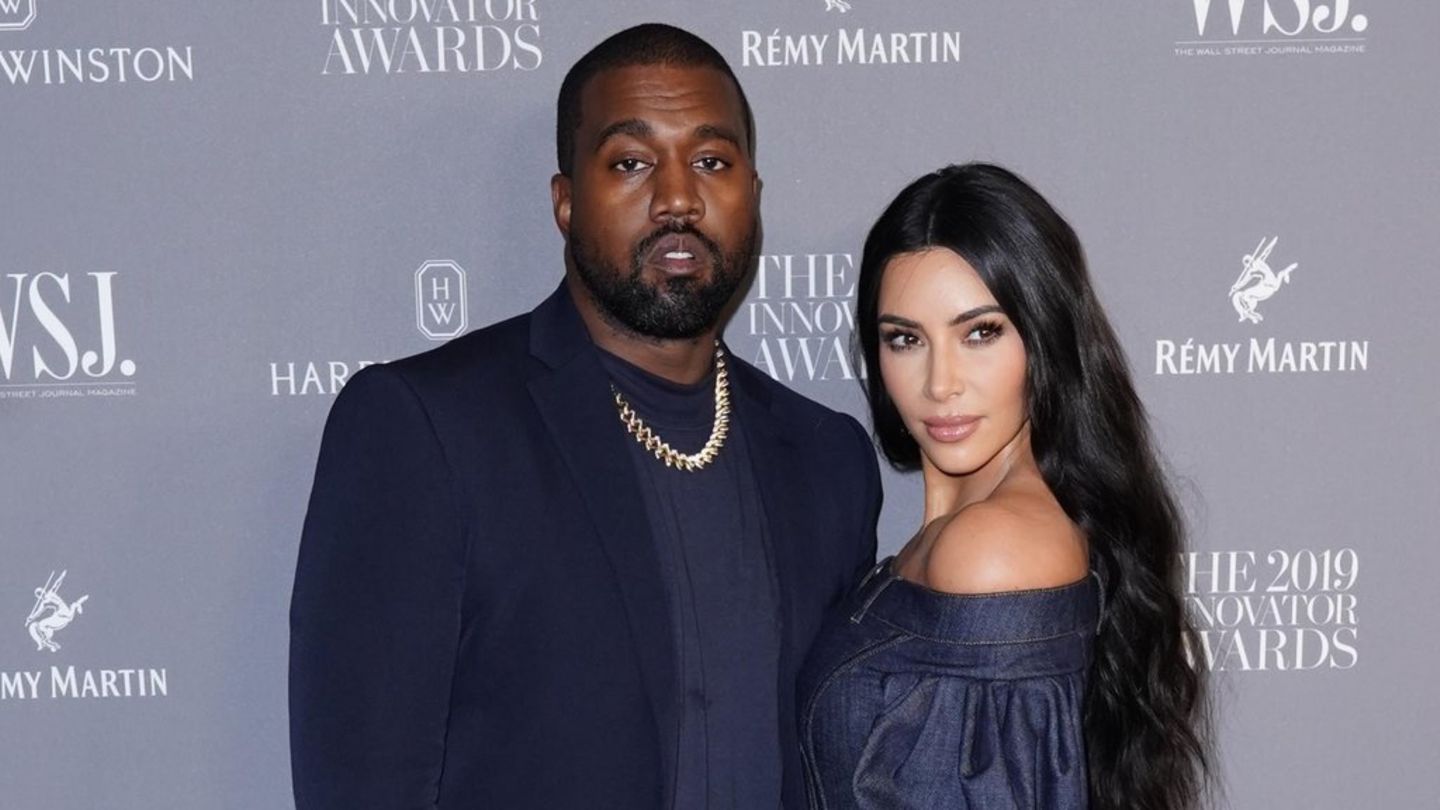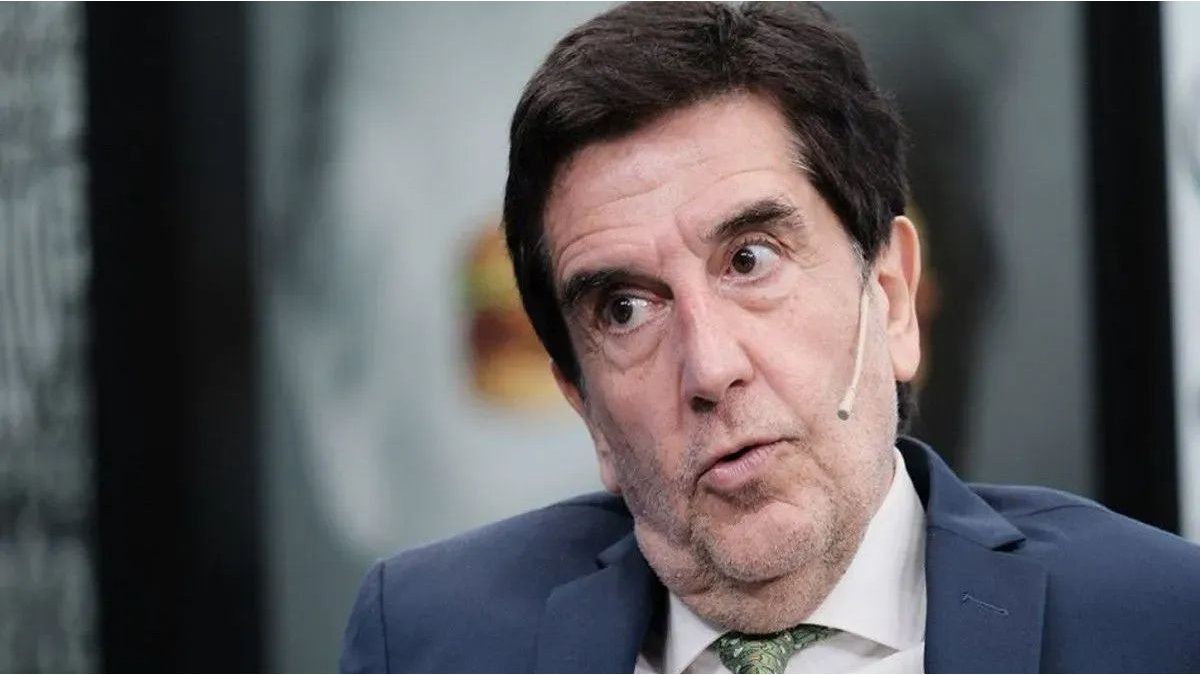Almost every week there are reports about new super batteries that are supposed to increase the range of electric vehicles in regions that were previously only reserved for vehicles with diesel engines. What is it about these super batteries?
The range competition is in full swing. Mercedes claims a maximum range of 780 kilometers for its luxury steamers EQS. That Tesla eccentric Elon Musk will not let this sit on him for long should be as clear as the amen in the church. But this electric mobility version of the faster, higher, further is only the prologue for a new generation of batteries, which should finally reduce the range fear to absurdity.
A higher capacity, faster charging times, longer battery life and all at lower costs – that sounds too good to be true. But with the balance batteries (Spatial Atomic Layer Deposition), the batteries should be charged in less than 15 minutes for a range of more than 1,000 kilometers. As the name suggests, an ultra-thin atomic coating on the cells significantly improves the ion flow between the anode and cathode and also has a positive effect on longevity. What makes this technology so interesting is the fact that the electric wheel is not being reinvented. Ultimately, these batteries, which were developed by the German Fraunhofer Institutes and the Dutch state research institute The Netherlands Organization (TNO), are a further development of the current lithium-ion batteries.
China is a real land of milk and honey when it comes to new super batteries. In the Middle Kingdom, reports of groundbreaking achievements in the development of battery technology are sprouting faster than Reis. It will be seen to what extent the rejuvenation treatment can cope with the tough demands of everyday automotive life. In the case of the graphene batteries, it will soon become clear what is true of the messages. The Chinese car manufacturer GAC wants to install these new miracle batteries in the Aion V model, which will be released soon. The core technology graphene is a variant of carbon in which the molecules are linked together in a honeycomb structure instead of a chain. So far, the production of this material has been very complex and expensive. Due to a new type of 3DG production technology, GAC wants to have reduced the costs to a tenth. If everything goes as planned, a 100-kilowatt-hour battery, for example, should be charged to a capacity of 80 percent with a 600-ampere high-performance charger within eight minutes. However, this type of lightning charging requires a very high output, which places high demands on the power grid.
The energy storage devices, which are supposed to bring the electric sports car Piëch “Mark Zero” around 500 kilometers, also come from the large Asian country. The Chinese company Desten has developed batteries that should neither heat up to more than 15 degrees during full throttle stages nor when charging. This eliminates the need for complex cooling, which saves around 200 kilograms in weight. In addition, fast charging with up to 350 kW should be possible.
Solid-state batteries, which many manufacturers want to gradually introduce from the middle of the decade, are considered to have been set. That’s why VW increased its stake in the American start-up QuantumScape last year. The advantages of these batteries are a significantly longer service life with up to 100,000 cycles, the solid electrolyte is virtually non-flammable and of course a much higher energy density or storage capacity compared to conventional lithium-ion batteries, which of course is reflected in an increased range . However, the behavior of the solid electrolyte in the cold and during fast charging could be problematic.
All that remains is Tesla. There is another Battery Day coming up soon. However, at Elon Musks, ambitious announcements that cover a few years are part of routine business conduct. So it’s still interesting what the native South African said about a year ago. There is now consensus among car manufacturers that the batteries will be cobalt-free in the future. Instead, the US automaker wants to redesign the cathode and rely on nickel. The bottom line is that the costs should go down significantly. Some experts are skeptical about this approach, as this type of nickel battery is likely to be more susceptible to fire and not as stable as the current lithium-ion batteries.
I am a 24-year-old writer and journalist who has been working in the news industry for the past two years. I write primarily about market news, so if you’re looking for insights into what’s going on in the stock market or economic indicators, you’ve come to the right place. I also dabble in writing articles on lifestyle trends and pop culture news.




